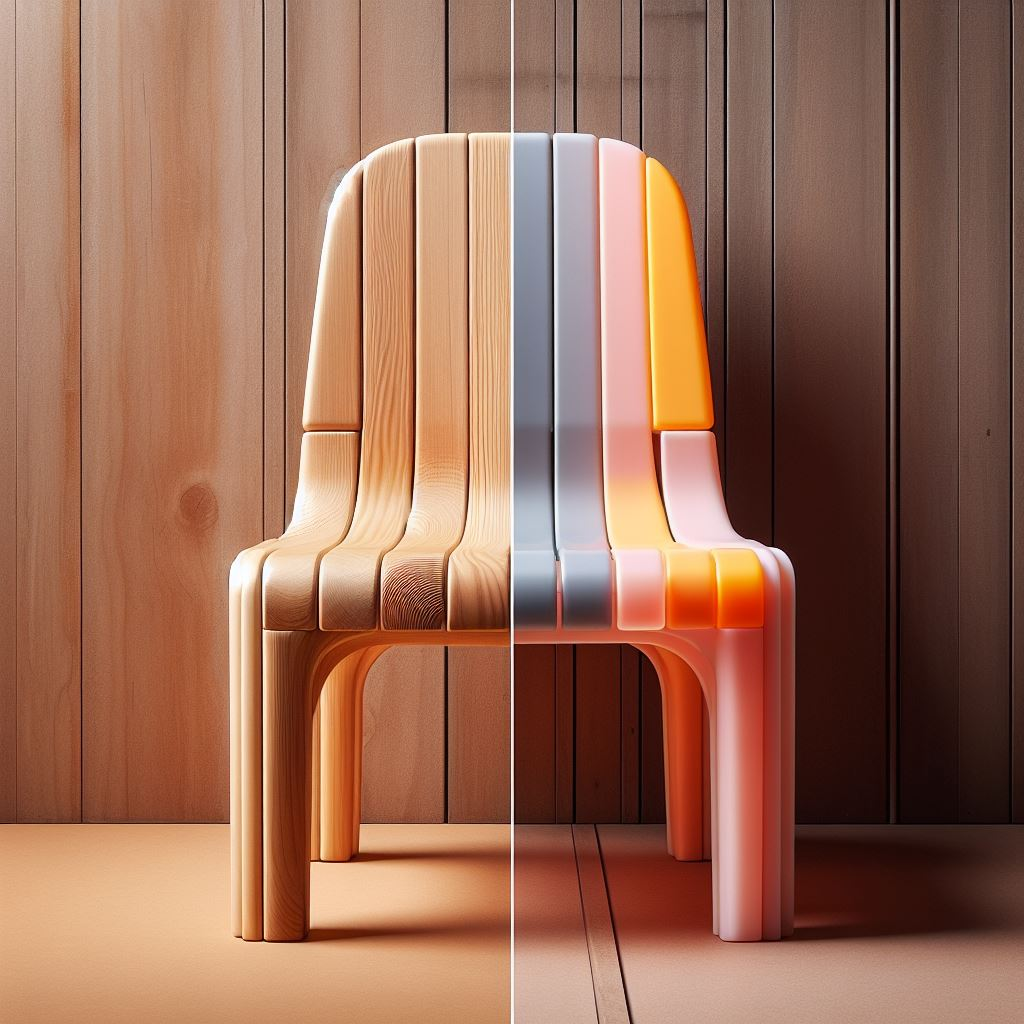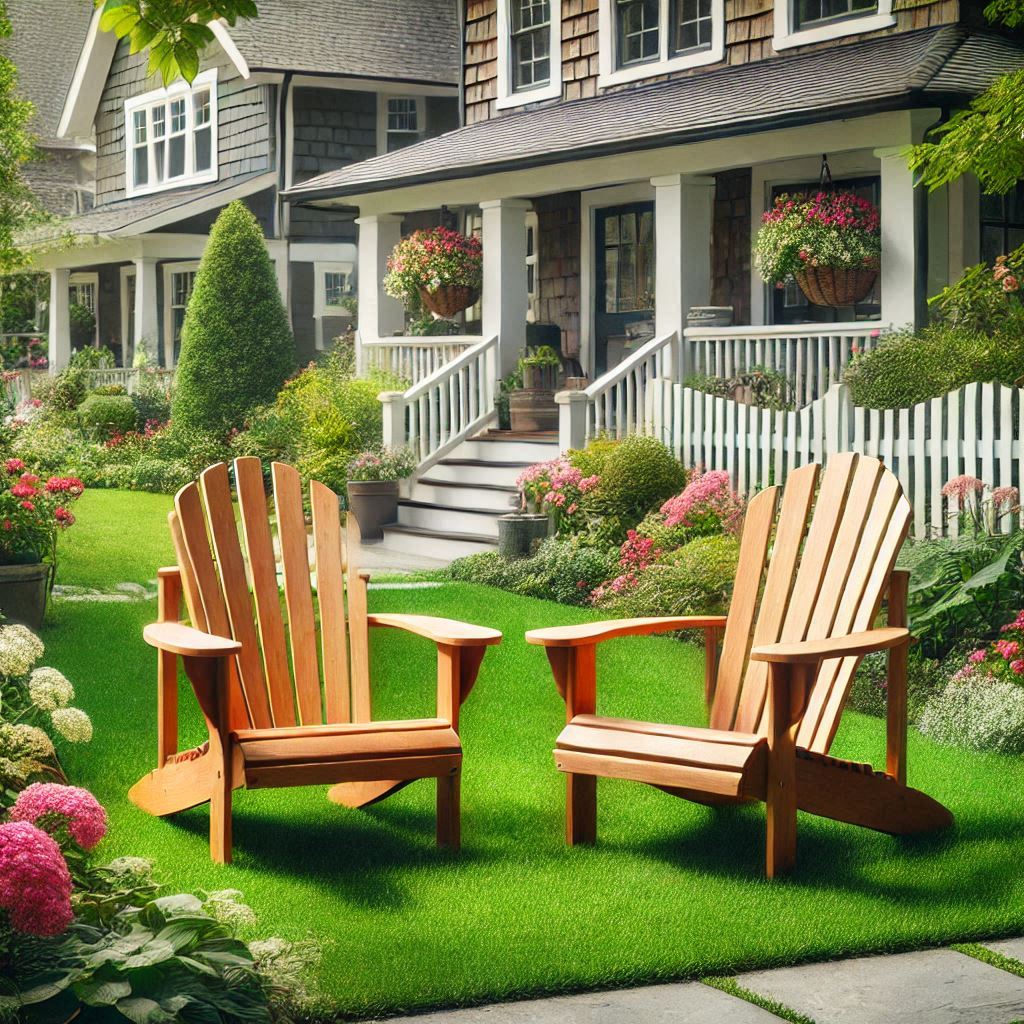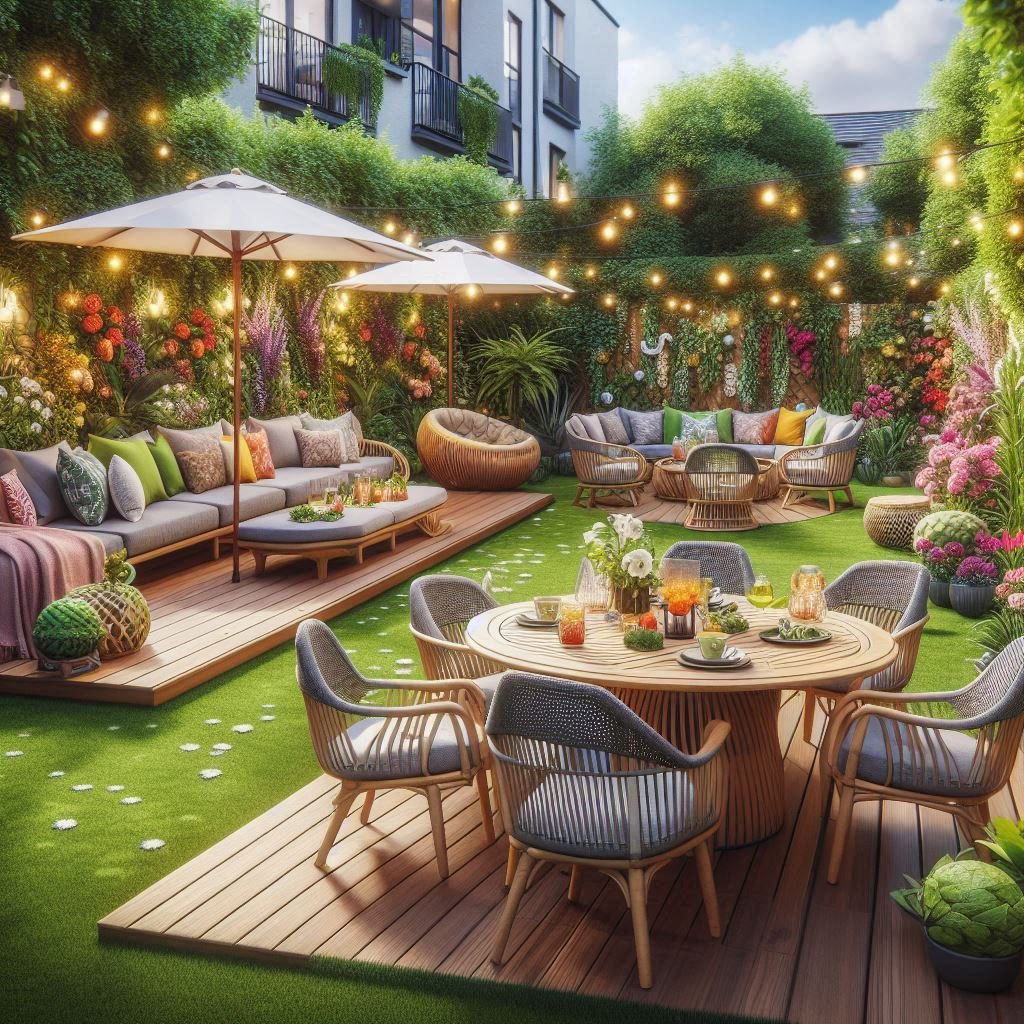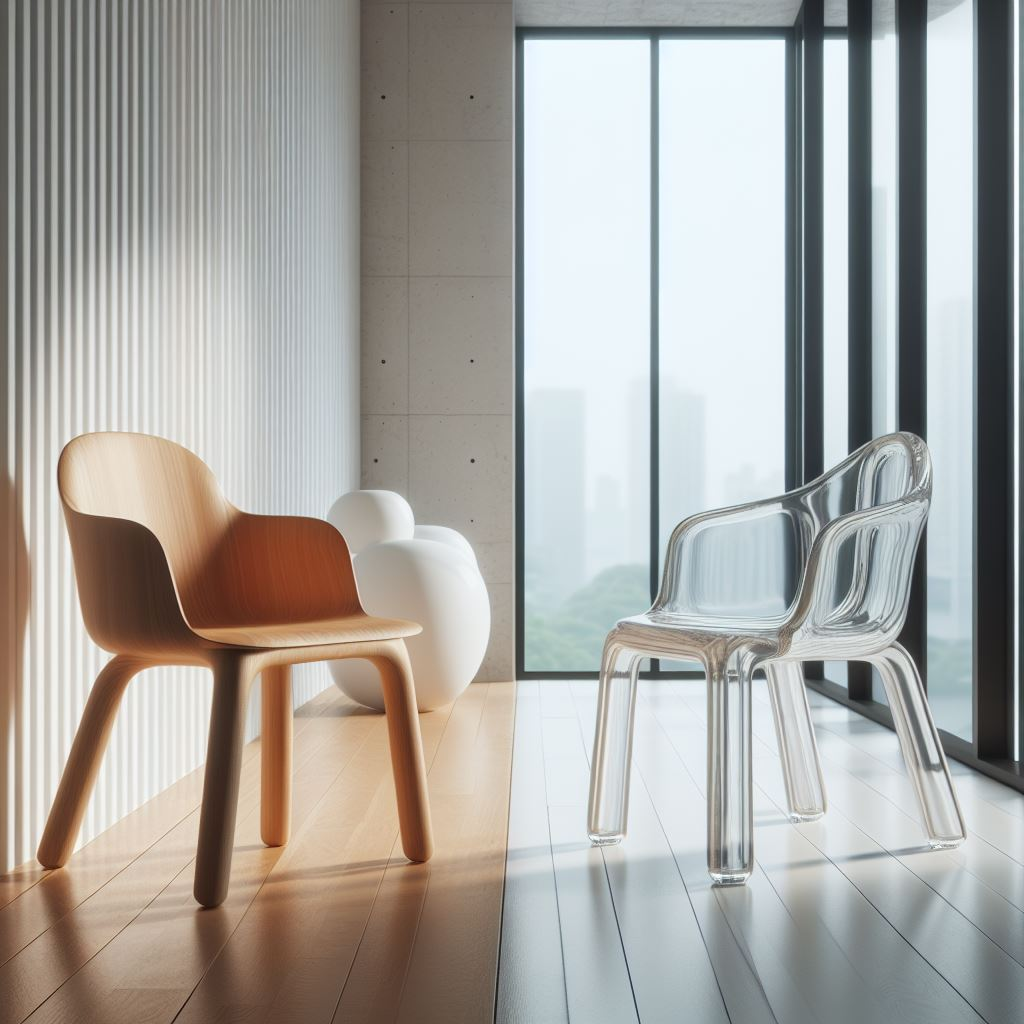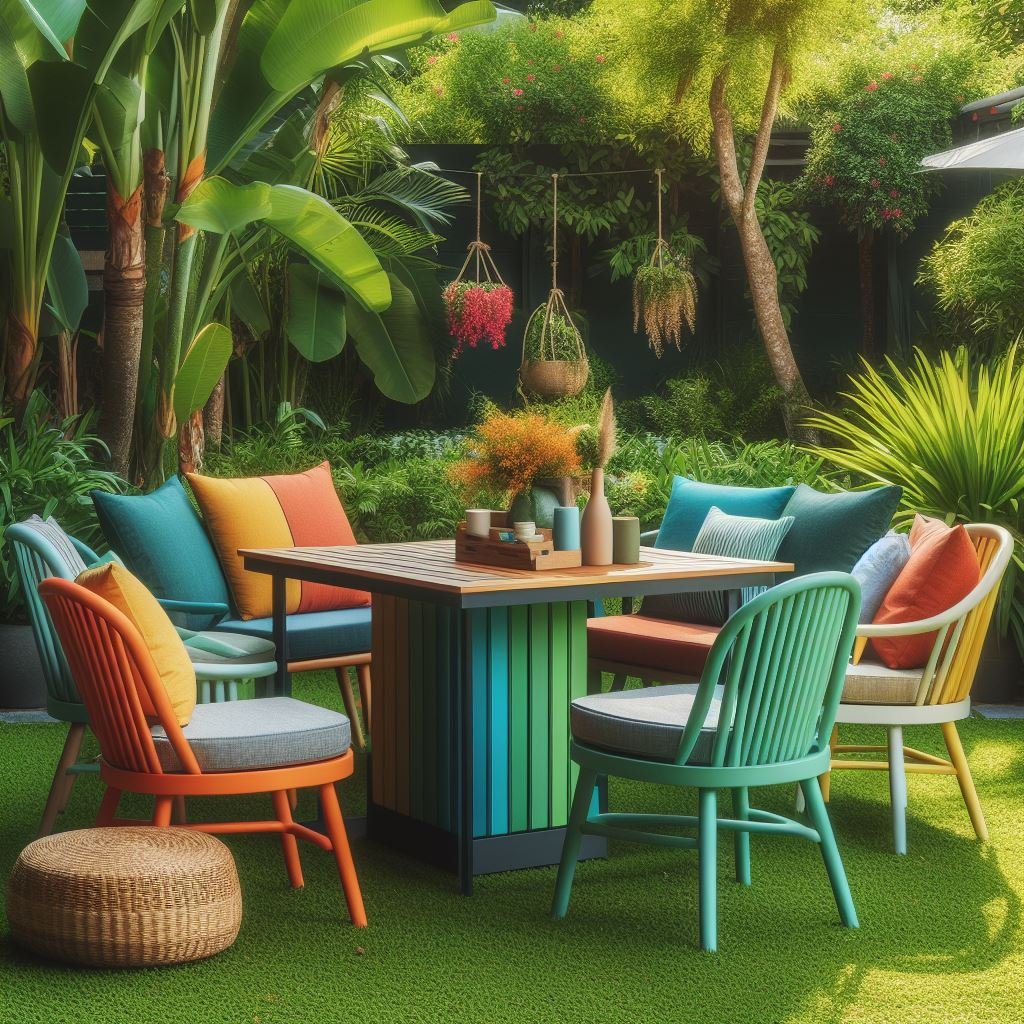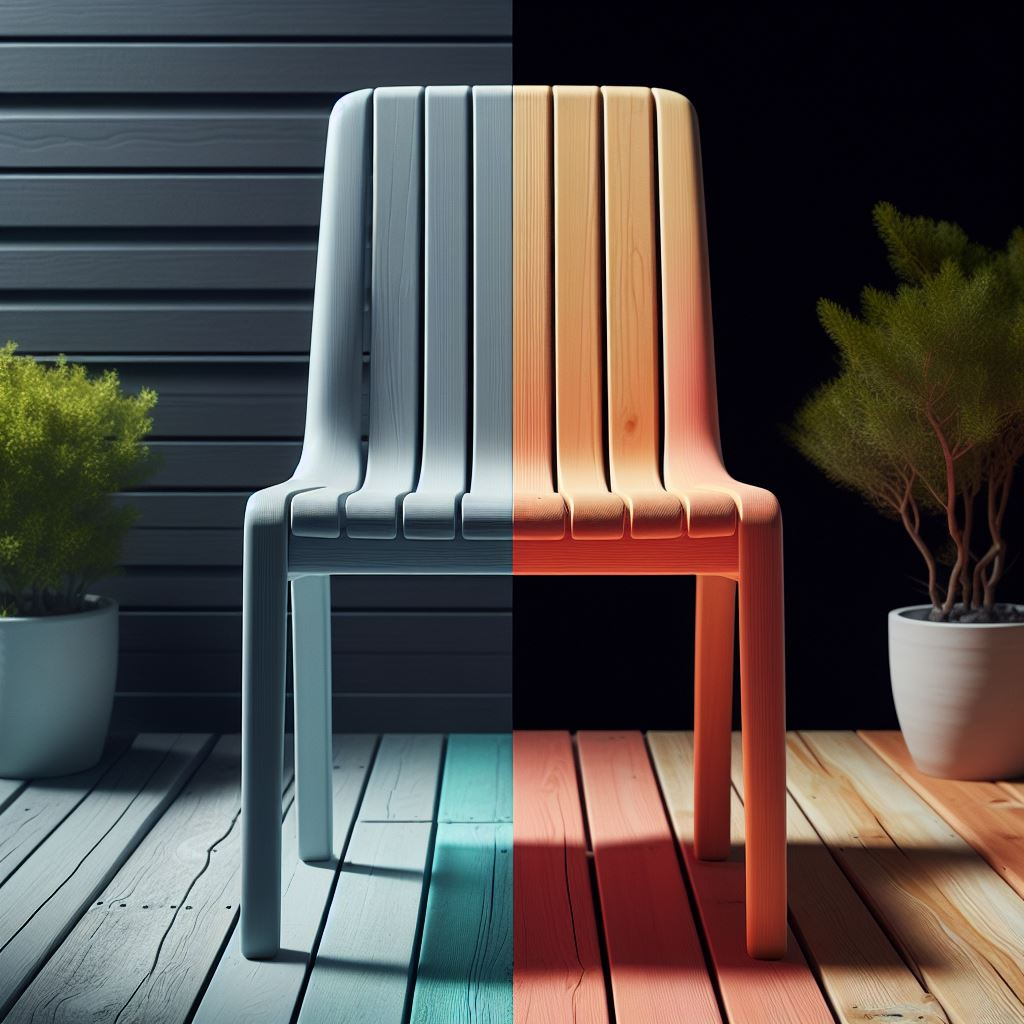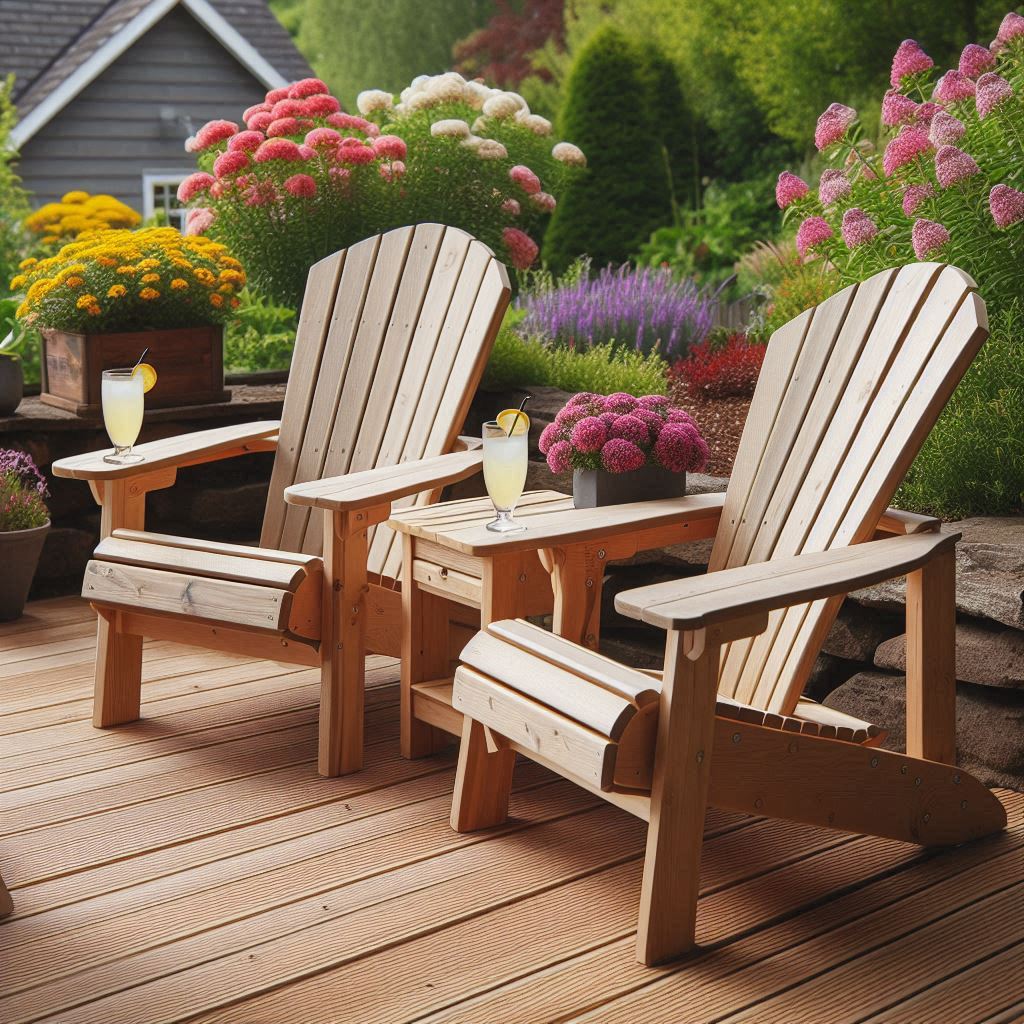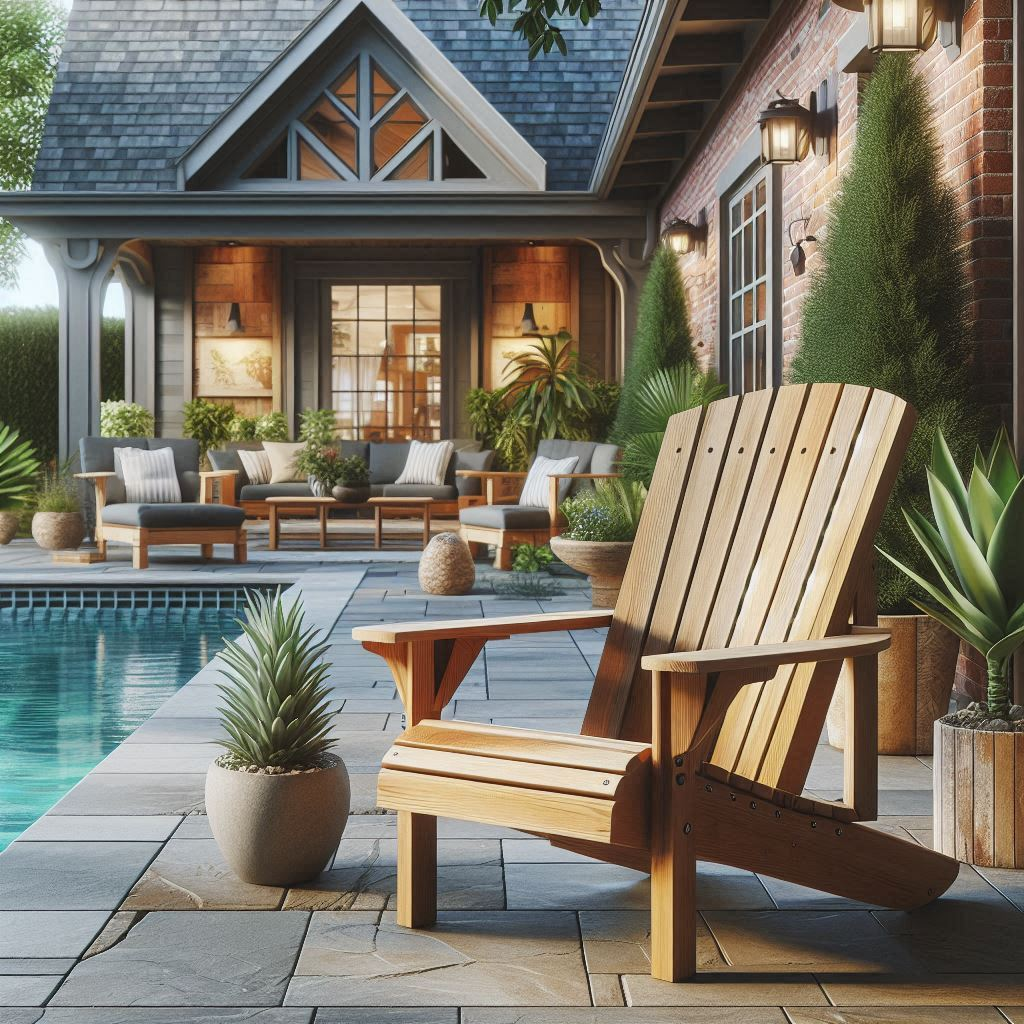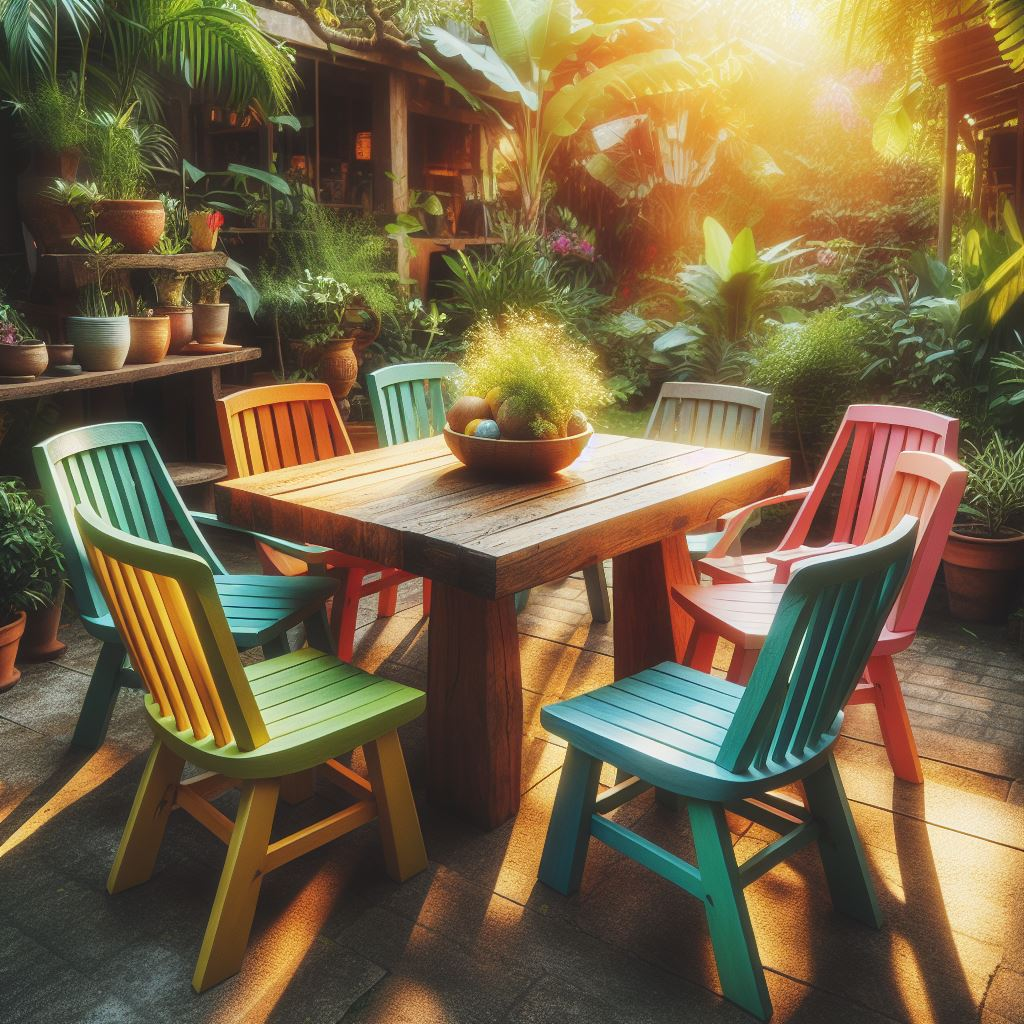I’m here to provide you with a comprehensive understanding of the differences between Polywood and Polyethylene – two popular materials used in outdoor furniture.
Polywood, a unique composite material, is made from a blend of recycled plastics and reclaimed wood fibers. This innovative combination gives Polywood a natural wood-like appearance, while offering superior durability and weather-resistance compared to traditional wood. On the other hand, Polyethylene is a type of plastic, known for its versatility and widespread use in various industries, including outdoor furniture.
One of the key distinctions lies in their environmental impact. Polywood is an eco-friendly choice, as it’s crafted from recycled materials, reducing waste and promoting sustainability. Polyethylene, while a durable plastic, may not be as environmentally friendly, depending on the manufacturing process and disposal methods.
In terms of aesthetics, Polywood mimics the look and feel of natural wood, making it a popular choice for those seeking a more organic, rustic charm in their outdoor spaces. Polyethylene, on the other hand, has a more uniform, synthetic appearance, but can be designed to emulate various textures and finishes.
Durability is another important factor to consider. Polywood is highly resistant to weathering, fading, and damage from the elements, making it a long-lasting investment for your outdoor furniture. Polyethylene also boasts impressive weather-resistance, but may not be as durable as Polywood over extended periods of use.
Ultimately, the choice between Polywood and Polyethylene will depend on your personal preferences, budget, and the specific needs of your outdoor living space. As an informative and helpful guide, I hope this comparison has provided you with a clearer understanding of the unique properties and benefits of these two popular outdoor furniture materials.
Comparison table between Polywood and Polyethylene:
| Features | Polywood | Polyethylene (HDPE) |
|---|---|---|
| Material | Made from HDPE | A type of plastic |
| Durability | Extremely durable | Durable |
| Maintenance | Low maintenance | Low-maintenance |
| Resistance | Resistant to corrosive substances | Resistant to wear and tear |
| Environmental Impact | Made from recycled materials | Made from recycled materials |
| Aesthetics | UV-inhibited pigment systems | Stylish, lightweight |
Durability and Weather Resistance: How Do Polywood and Polyethylene Compare?
When it comes to creating long-lasting, fade-resistant outdoor furniture, the choice of materials is crucial. Two popular options are Polywood and polyethylene, each with its own unique properties and benefits.
Polywood, a lumber-alternative made from recycled plastics, is renowned for its exceptional durability. It’s resistant to splintering, cracking, and chipping, ensuring your furniture maintains its pristine appearance for years. Polywood is also highly weather-resistant, able to withstand the harshest elements without succumbing to rot, decay, or fading.
On the other hand, polyethylene is a durable, lightweight plastic that is a popular choice for outdoor furniture. It’s highly resistant to moisture, UV rays, and temperature fluctuations, making it a great option for areas with extreme weather conditions. Polyethylene furniture is also easy to clean and maintain, requiring minimal upkeep.
Interestingly, both Polywood and polyethylene offer superior UV protection, ensuring your outdoor furniture retains its vibrant colors and doesn’t become weathered over time. This is a crucial consideration for those who want their investment to look its best, season after season.
Ultimately, the choice between Polywood and polyethylene will depend on your specific needs and preferences. Both materials offer exceptional durability and weather resistance, making them excellent options for creating long-lasting, low-maintenance outdoor living spaces.
Maintenance and Cleaning: Which Material is Easier to Care For?
When it comes to maintaining and cleaning your outdoor furniture, the material it’s made from can make a big difference. Let’s dive into the details on which materials are the easiest to care for.
Polywood, a type of recycled plastic lumber, is incredibly low-maintenance. This weatherproof material won’t rot, splinter, or fade, even when left outside year-round. All it needs is an occasional wipe-down with soap and water to keep it looking fresh. No sanding, staining, or sealing required – easy peasy!
On the other hand, polyethylene is another durable, easy-clean outdoor furniture option. This plastic-based material is highly resistant to the elements and only needs a quick rinse to remove dirt and debris. You can even toss cushions and slings in the washing machine for a more thorough clean.
When it comes to effortless maintenance, these synthetic materials outshine traditional wood. No need to worry about weathering, warping, or pest infestations. Just a little basic cleaning is all it takes to keep your outdoor oasis looking its best, season after season.
Sustainability and Environmental Impact: The Green Credentials of Polywood vs Polyethylene
When it comes to eco-friendly outdoor furniture, the materials used can make all the difference. Polywood, a lumber-alternative made from recycled plastics, has some impressive green credentials. Unlike traditional wood, no trees are harmed in its production. And by repurposing plastics, Polywood helps reduce waste.
In contrast, standard polyethylene outdoor furniture, while durable, is made from non-renewable petroleum-based plastics. While polyethylene can be recycled, the process is more complex and energy-intensive than Polywood’s closed-loop recycling system.
Interestingly, studies show that Polywood has a 54% lower carbon footprint than polyethylene. And at the end of its lifespan, Polywood is 100% recyclable, whereas polyethylene often ends up in landfills. These factors make Polywood a more sustainable, environmentally-friendly choice for your outdoor living space.
Ultimately, for consumers looking to reduce their carbon footprint, Polywood emerges as the greener, more eco-conscious option compared to traditional polyethylene patio furniture. Its recycled composition and closed-loop recyclability give it a clear environmental edge.
Style and Design: Exploring the Aesthetic Differences Between Polywood and Polyethylene
When it comes to style and design, Polywood and Polyethylene outdoor furniture offer distinct aesthetics that cater to different preferences. Polywood, with its wood-like appearance, exudes a classic, timeless charm that evokes the natural beauty of traditional patio furnishings. The intricate grain patterns and warm tones of Polywood create a sense of rustic elegance, making it a popular choice for those seeking a more traditional, cozy ambiance in their outdoor living spaces.
On the other hand, Polyethylene outdoor furniture boasts a sleek, modern aesthetic. With its smooth, uniform surfaces and bold, contemporary color options, Polyethylene furniture seamlessly integrates into more minimalist, urban-inspired patio designs. The clean lines and streamlined silhouettes of Polyethylene pieces lend themselves well to creating a sophisticated, high-end look that complements the modern architectural trends in outdoor living.
Ultimately, the choice between Polywood and Polyethylene comes down to personal style preferences and the overall design aesthetic you’re aiming to achieve in your outdoor living area. Whether you’re drawn to the classic charm of Polywood or the modern sophistication of Polyethylene, both materials offer unique and compelling options to elevate the style and comfort of your patio or backyard.
Conclusion: Choosing the Right Outdoor Furniture Material for Your Needs and Lifestyle
When selecting outdoor furniture, it’s important to consider your needs and lifestyle. Factors like climate, usage, and maintenance should all play a role.
For example, if you live in a rainy climate, moisture-resistant materials like teak or aluminum may be your best bet. Teak is naturally weather-resistant and ages beautifully over time. Aluminum is lightweight, rust-proof, and easy to clean. On the other hand, if you entertain often, you may want something more durable like wrought iron that can withstand heavy use.
Ultimately, the “right” outdoor furniture material comes down to your unique situation. Take the time to evaluate your priorities – whether that’s low maintenance, classic style, or long-lasting performance. With a little research, you can find the perfect outdoor furnishings to complement your space and lifestyle.
